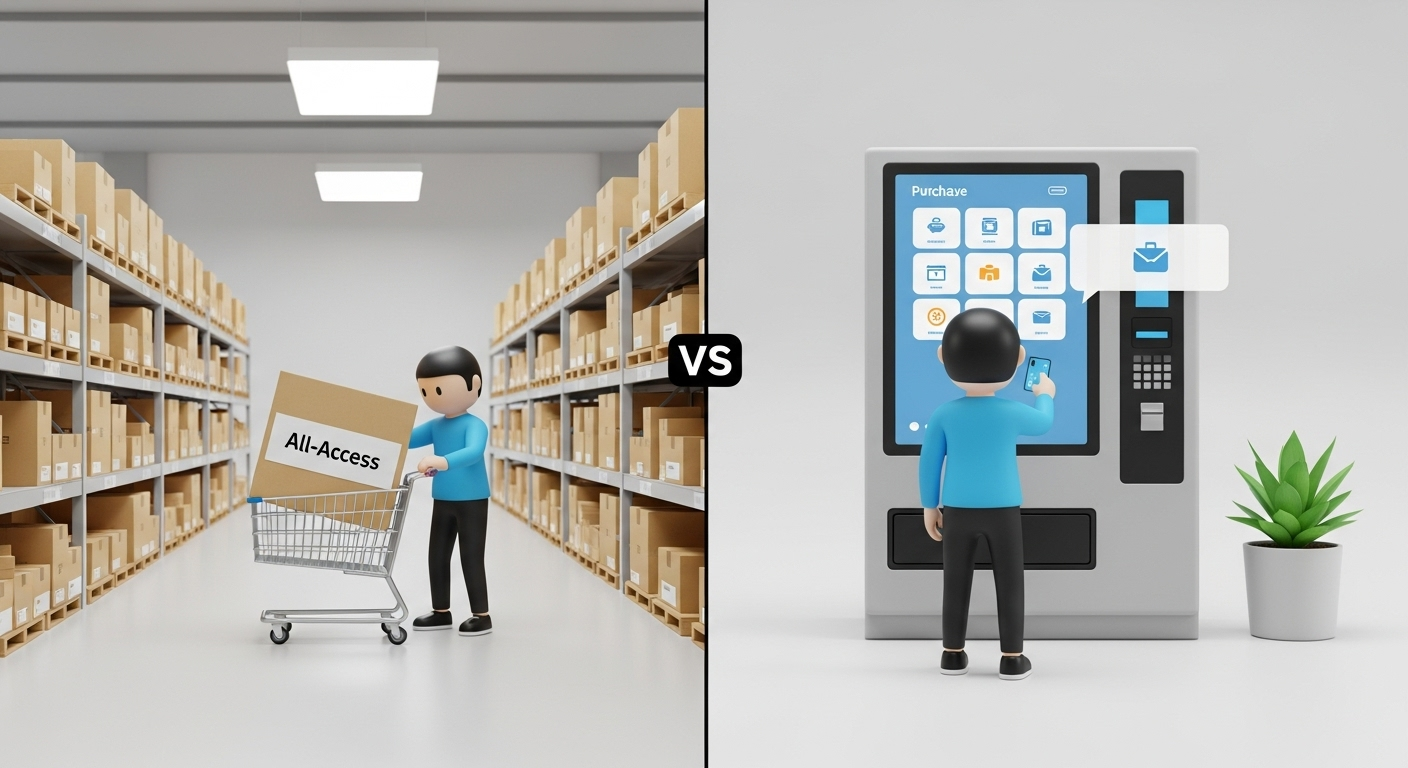In the competitive landscape of online dating usa, the economic model underpinning each platform is a critical piece of its strategic DNA, directly shaping user behavior and the overall quality of the service. This financial architecture is the unseen force that dictates everything from the pace of interaction to the perceived value of a single connection. The market is primarily dominated by two distinct economic philosophies: the comprehensive, all-access subscription and the precision-based, pay-per-action à la carte system.
The subscription model mirrors the popular “all-you-can-eat” services prevalent in American digital consumption, offering a wealth of features for a consistent fee. Conversely, the à la carte model aligns with the rise of microtransactions, allowing users to purchase specific advantages as needed, transforming them from passive members into active investors in their own success. Choosing between them is not just a matter of preference but a strategic decision that impacts the entire user journey.
The economic model is also one of the most powerful tools platforms use for managing their ecosystem. A well-designed payment structure inherently discourages low-effort, high-volume behavior by assigning real-world cost to digital actions, which is a key component in preventing mass selection. This analysis explores the mechanics and strategic implications of these two dominant payment models within the unique context of the United States market.
The Subscription: The “Costco” Model of Connection
The subscription model has become the bedrock of the American digital economy, and dating apps have embraced it wholeheartedly. This approach offers a simple, predictable transaction: for a recurring fee, users unlock a suite of premium tools designed for convenience and efficiency. This includes features like unlimited selections, the ability to see who has viewed your profile, and advanced filtering options.
This model’s primary appeal is its psychological simplicity and perceived value, catering to a consumer culture accustomed to all-inclusive packages. It grants users the freedom to explore the platform’s full capabilities without the friction of constant small payments. However, this sense of abundance can be a double-edged sword, as the absence of per-action cost can sometimes lead to a less deliberate, more casual style of engagement.
For the platforms, this model is a financial triumph, providing the stable, predictable revenue needed for aggressive marketing campaigns and continuous feature development in the crowded US market. It allows them to support a vast free user tier, which is essential for network growth, while monetizing their most committed users. This financial stability is crucial for any player seeking to compete on a national scale.
À La Carte: The Microtransaction Economy
The à la carte model operates on a completely different principle, mirroring the microtransaction economy that has revolutionized the gaming and mobile app industries. Instead of a flat fee, users purchase a platform-specific virtual currency, which they can then spend on discrete, high-impact actions. This approach transforms every premium feature into a deliberate, calculated investment.
This “pay-as-you-go” system forces a user to engage in a constant cost-benefit analysis. Is it worth 50 credits to boost your profile’s visibility during peak hours on a Friday night? This granular approach assigns immense weight to each purchase, naturally encouraging a highly strategic and results-oriented mindset.
This model thrives in a market that values choice and flexibility, allowing users to tailor their spending directly to their needs. It offers a powerful alternative to the commitment of a recurring subscription, with key advantages such as:
- A significantly lower barrier to entry for new or skeptical users.
- The ability to pay only for the most effective, high-value features.
- A direct correlation between user spending and the most popular, results-driven tools.
The Hybrid System: Capturing the Full Market
Given the diversity of the US consumer base, many dominant platforms have converged on a hybrid model as the optimal strategy. This approach skillfully combines a foundational subscription tier with a robust à la carte system. The subscription unlocks baseline convenience features, while the most powerful, game-changing actions remain available for individual purchase.
This tiered approach is a masterclass in market segmentation, designed to extract value from every type of user. It creates a complete ecosystem: a free tier for casual users, a subscription for active members, and an à la carte system for the highly motivated, mission-driven individuals seeking a competitive edge. This allows platforms to maximize their revenue potential across a wide spectrum of user intent and willingness to pay.
The biggest challenge of this model in the US market is the risk of consumer backlash due to perceived complexity or hidden costs. Platforms must invest heavily in transparent pricing and clear communication to ensure users feel empowered by choice, not confused or exploited by a confusing array of purchase options.
US Market Dynamics and Monetization
The sheer scale and competitiveness of the US online dating market have forced platforms to become incredibly sophisticated in their monetization strategies. It’s not enough to simply offer one or two pricing tiers; companies must constantly innovate to find new ways to differentiate themselves and capture market share. This has led to an explosion of niche features and highly specific payment options.
This fierce competition benefits the consumer, as it drives a wider variety of pricing structures and feature sets. Some platforms may target younger users with lower-priced, shorter-term subscription options, while others focused on “serious relationships” might command a higher premium. The presence of both subscription and à la carte options on a single platform is now the standard expectation for any major player in the US.
Ultimately, the payment model is a reflection of the platform’s brand and its target demographic. A platform’s monetization strategy is a clear signal of the kind of user it wants to attract and the type of behavior it wishes to encourage. In the dynamic US market, the ability to offer flexible, intuitive, and valuable payment options is a key determinant of long-term success.
Questions and Answers
Pricing is determined by a combination of the app’s target demographic, its brand positioning, and the depth of its feature set. Apps targeting affluent professionals seeking long-term relationships (e.g., Hinge, The League) can command a higher price than apps geared towards a younger, more casual audience (e.g., Tinder). Competition also plays a huge role; apps will adjust prices to remain competitive within their specific niche.
Yes, these à la carte features are extremely popular in the US market because they align with a cultural desire for immediate results and a competitive edge. The American consumer is very familiar with the concept of paying a premium for a “fast pass” or an advantage, a behavior learned from industries like gaming and entertainment.
US laws, particularly those enforced by the FTC and state regulations like California’s Automatic Renewal Law, require platforms to be very transparent about recurring charges. Apps must provide clear terms, send reminders before a subscription renews, and offer a straightforward cancellation process. This has forced platforms to be much more upfront about their subscription models compared to the early days of the industry.

